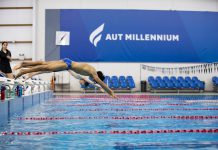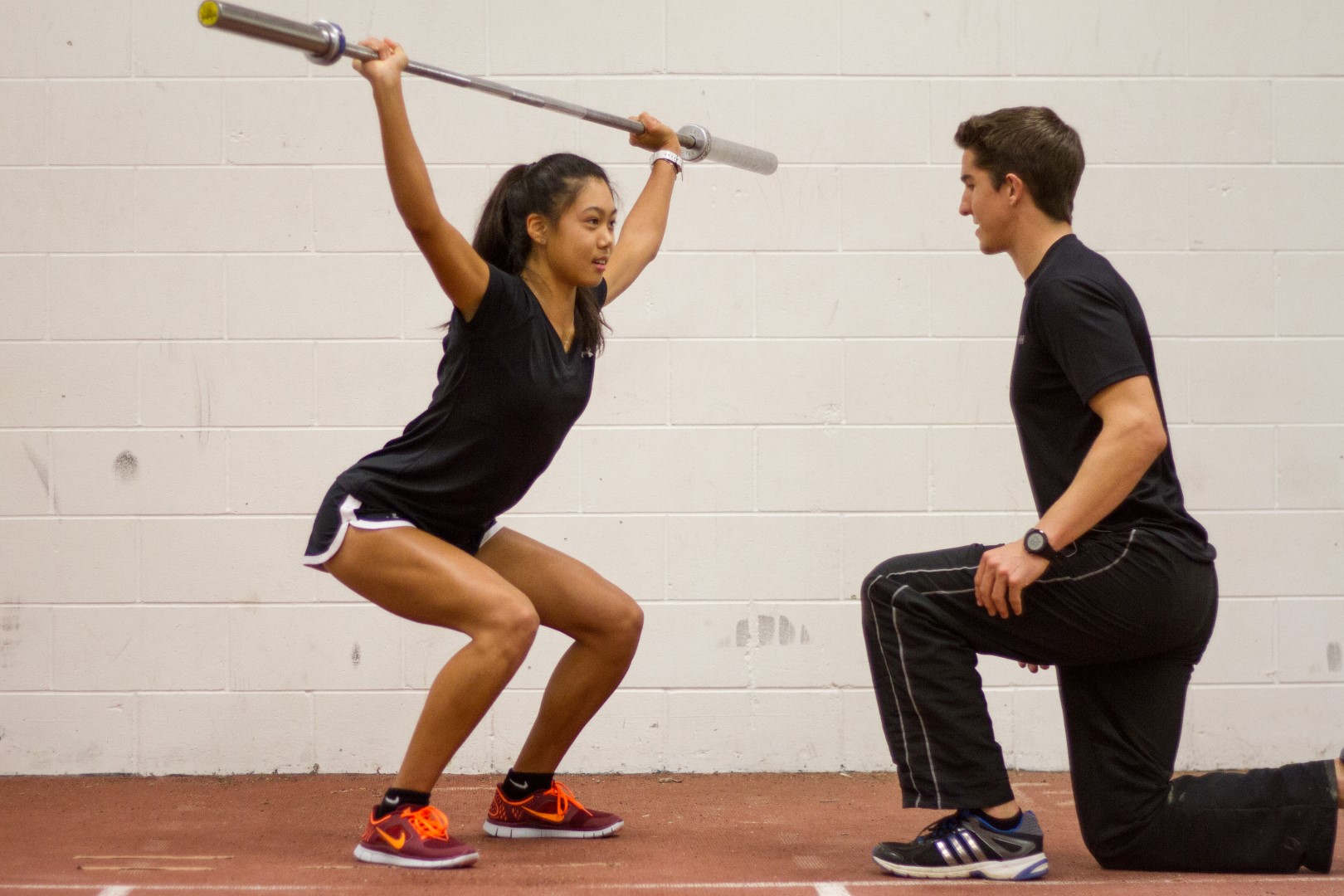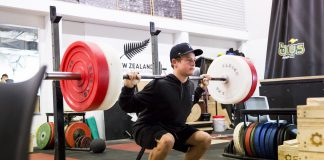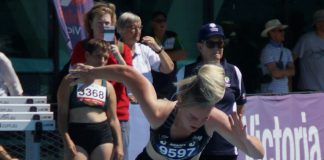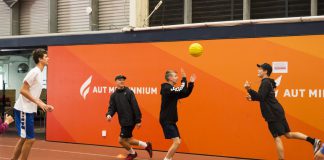To most people the ‘squat’ is an exercise performed in a gym. Think again. It’s one of seven foundation movement skills used by athletes to accurately execute many sporting activities.
Here are 10 everyday sporting examples to consider:
Football – jumping high into the air to head a ball
Netball – landing safely after rebounding a ball
Hockey – changing direction quickly to evade an opposing player
Rugby – tackling with power
Volleyball – passing with control
BMX – starting explosively
Basketball – stability in the defensive stance
Sprinting – accelerating rapidly out of the blocks
Cricket – diving to stop a ball in the field
Golf – achieving length off the tee
Sport requires athletes to move with constantly changing body shapes, often transitioning from one shape to another at extr
emely high speeds.
The total load placed on the lower body of a young netballer when she stops suddenly, then accelerates quickly in the other direction to evade an apposing player, can be up to 5 times her body weight.
Think about that for a moment – for a player weighing 50kg, that’s 250kg of pressure!
Why is this so significant? If you’re constantly putting your body under high muscular loads and pressure then you need the athleticism to handle it.
Unfortunately many of our youth athletes don’t have this level of athleticism. The injury statistics prove it.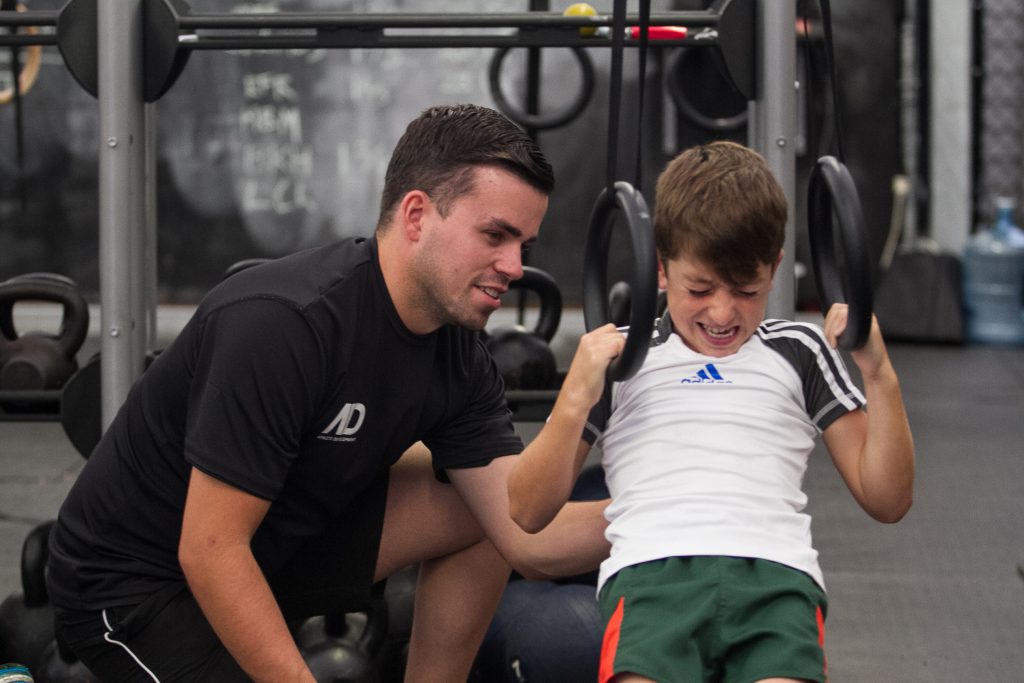
Poor Muscle Strength Limits Performance And Increases Injury Risk
The human body is made up of 640 muscles. They’re attached to 206 bones which forms the skeleton – the internal framework of the human body controlling movement by turning energy into motion.
When the brain decides to move in a certain direction, it fires an electrical signal to the muscles responsible telling them to contract.
How much force the muscles can contract is governed by their strength.
Muscle strength is critical in sport. Why? Because it’s required to generate your maximum force or pressure over a short period of time.
A basketballer with poor strength will struggle to jump high into the air to take a rebound, limiting his performance. Additionally, muscle strength is also required to absorb force. To land safely after coming down from a rebounded ball requires the basketballer to use a specific kind of strength to slow the body down. Without it your risk of injury increases significantly.
However, strength is not just a question of generating and absorbing force, it’s also important to consider how the force is applied. That is, the way sporting movements are performed (i.e. movement technique). It is essential that athletes perform a movement correctly.
If developing strength is so important for young athletes, how do you best train it?
Leaving it to biology isn’t enough.
Yes, you will get stronger with age through bigger muscles and increases in circulating growth hormones, but this strength will not come in the most sport-specific form.
And simply training more often won’t work either. You’re bound to develop inefficient movements patterns that will limit your development and put you a greater risk of injury.
The most effective way to develop strength is to dedicate specific training time towards it. Time that focuses on your individual needs. Generating and absorbing force properly is a skill and requires the best possible learning approach to improve it.
“But Strength Training (i.e. Doing Weights) Is Dangerous For Kids!”
Loading up a bar with weights and asking a 10-year old to stand underneath it and squat is dangerous. You’d be crazy to attempt it.
However, to generalise all resistance training for young athletes into the “it’s bad for them” category is inappropriate and, what’s more, negligent.
Here’s why:
Recall the netball example above. A simple change of direction at high speed can put a young player’s body under 250kg of load. That’s an extremely high load for her muscles and bones to endure once, let alone repeatedly throughout a game. Without an appropriate level of movement technique and muscle strength to deal with this kind of force continuing to play the game is a serious injury waiting to happen.
Let’s now contrast that with the most common movement used in weight training to improve an athlete’s strength: the squat.
When performed slowly the body weight squat would put our netballer’s body under 1.5 times body weight of force. That’s more than 3 times less that what she experiences during a game.
More importantly with training she will learn the important movement skill correctly, which will enhance her performance and reduce her chances of injury on court.
By starting at an age-appropriate level and following careful progressions based on the biological maturity and individual needs of the athlete, strength training is safe and worthwhile for all young athletes.
Actually, it’s essential.
Are you doing strength training?













